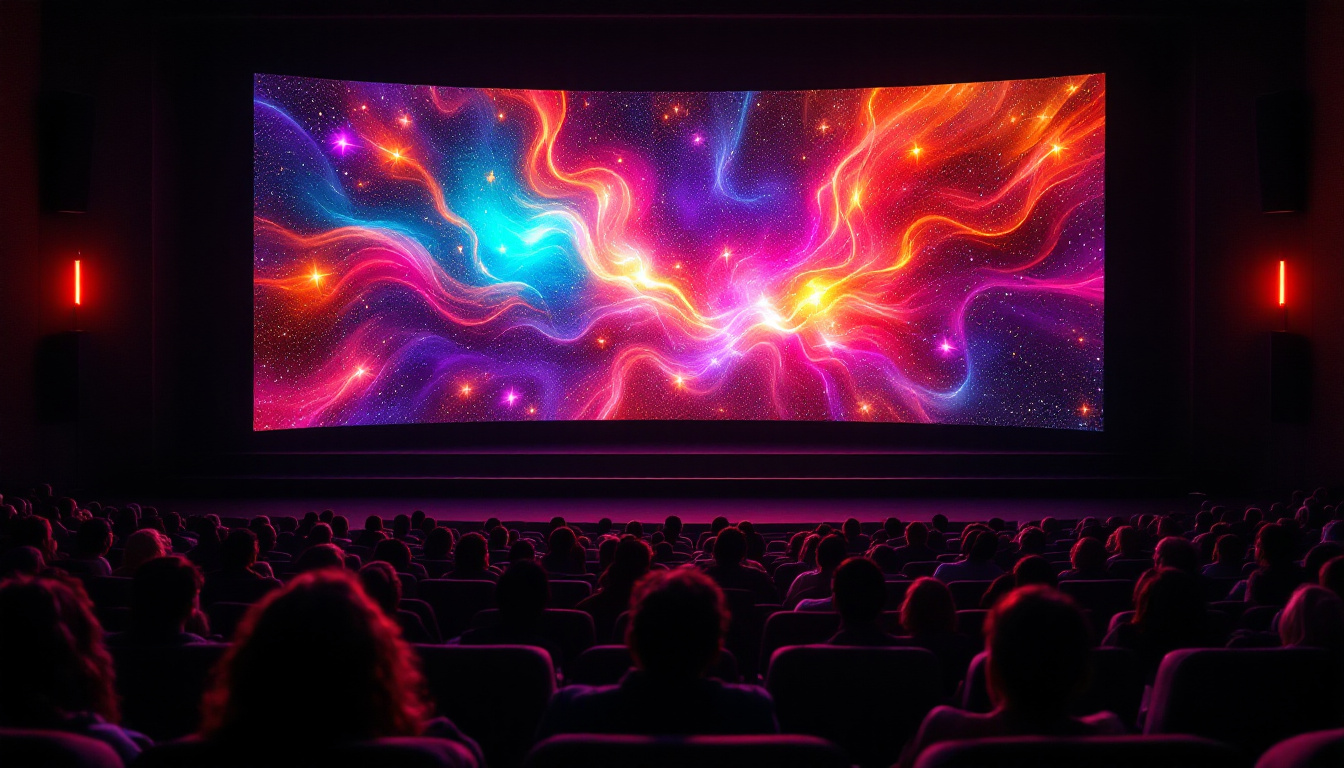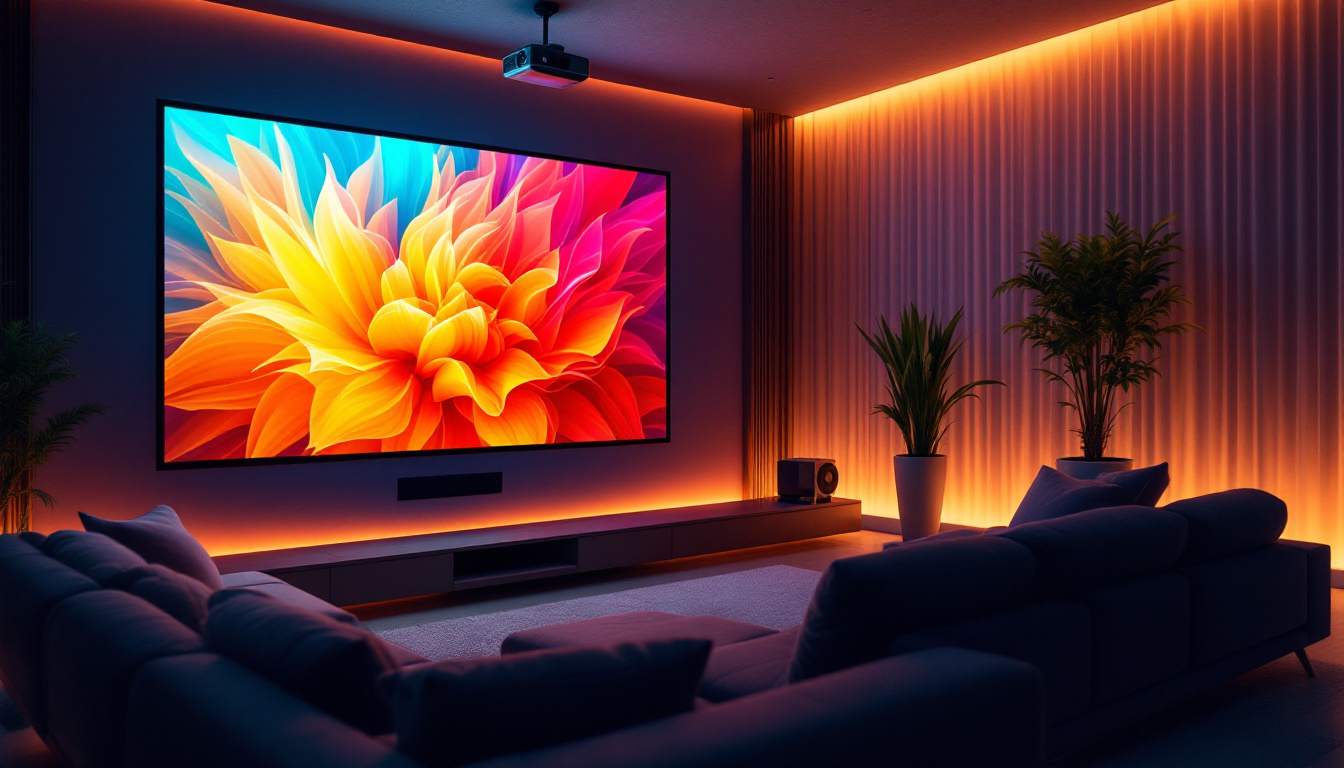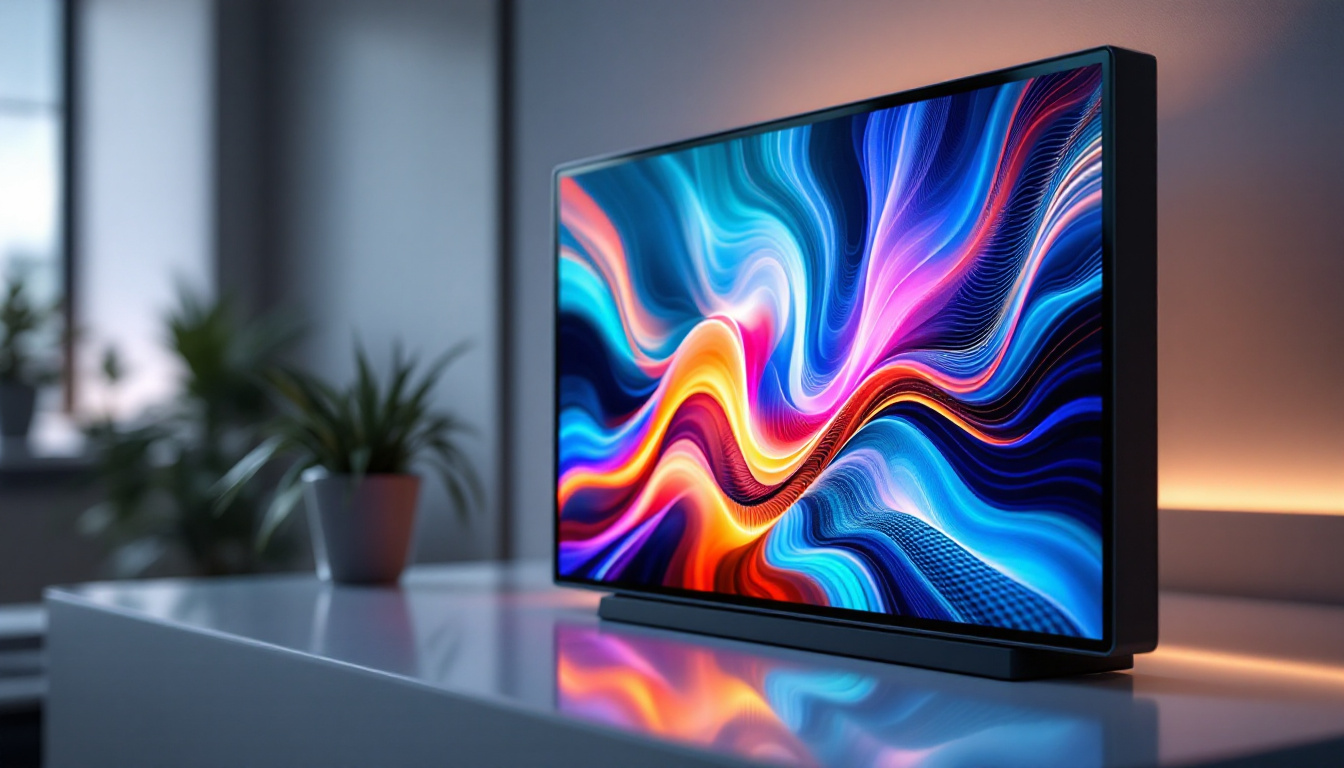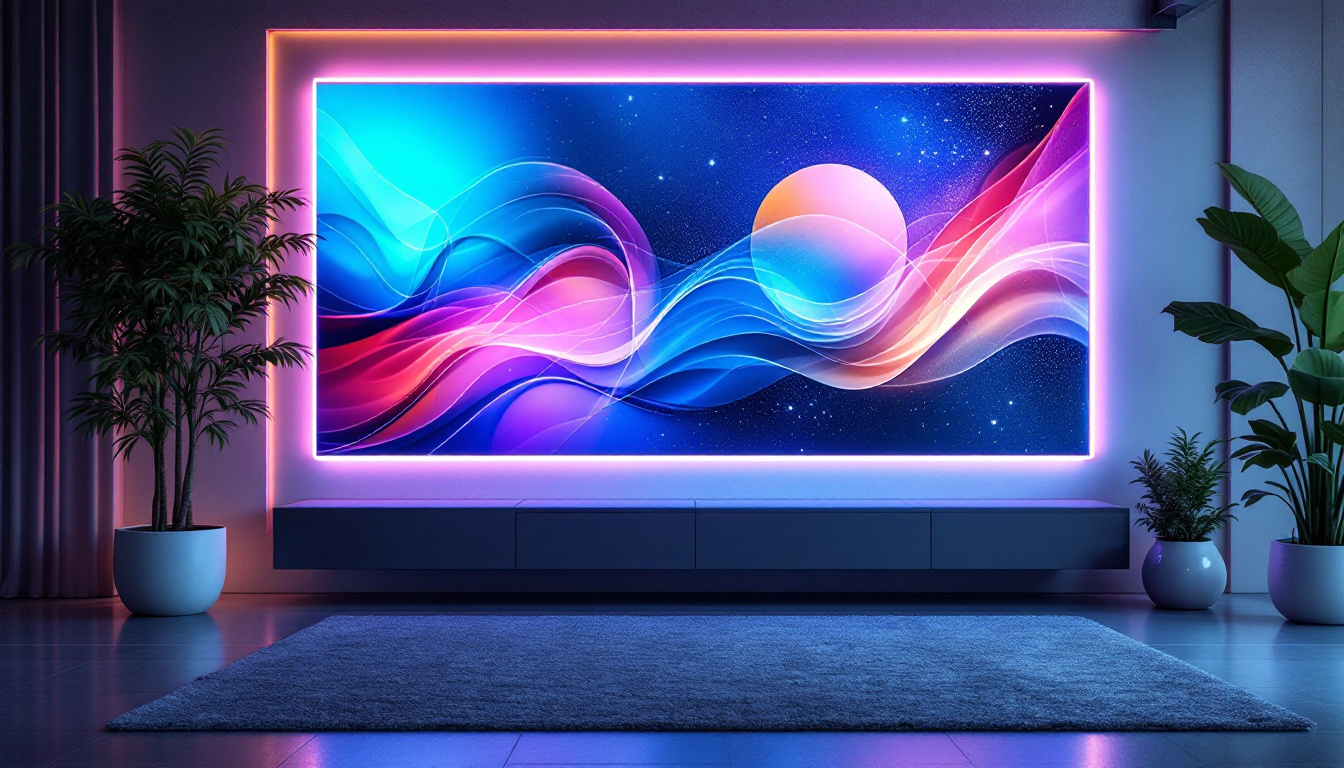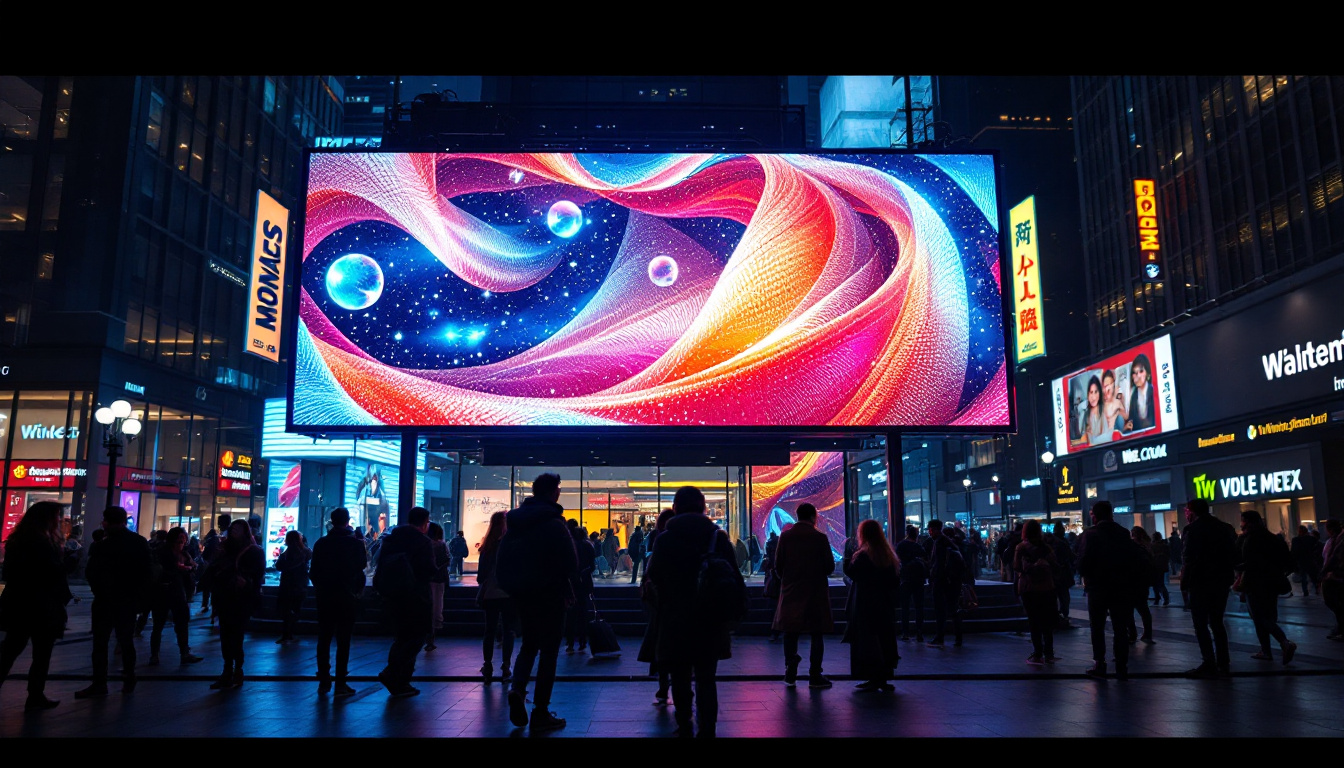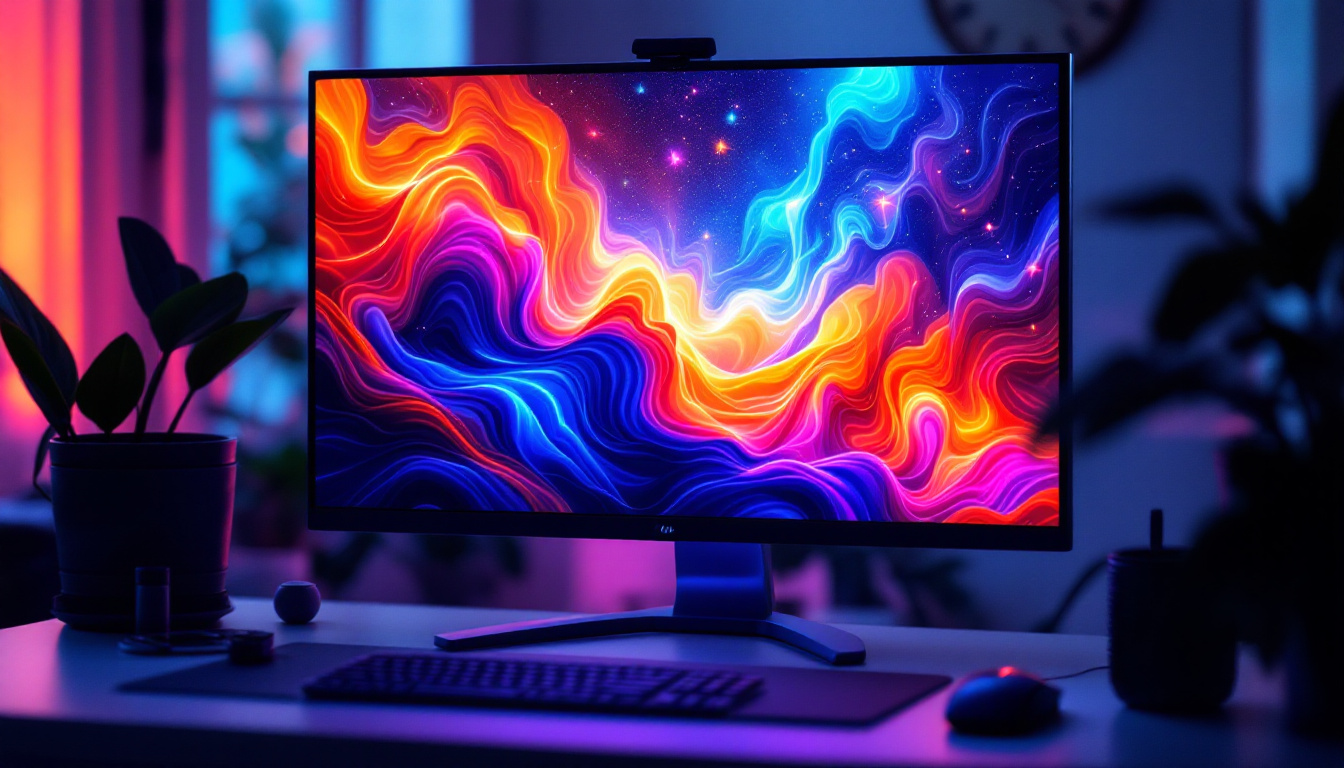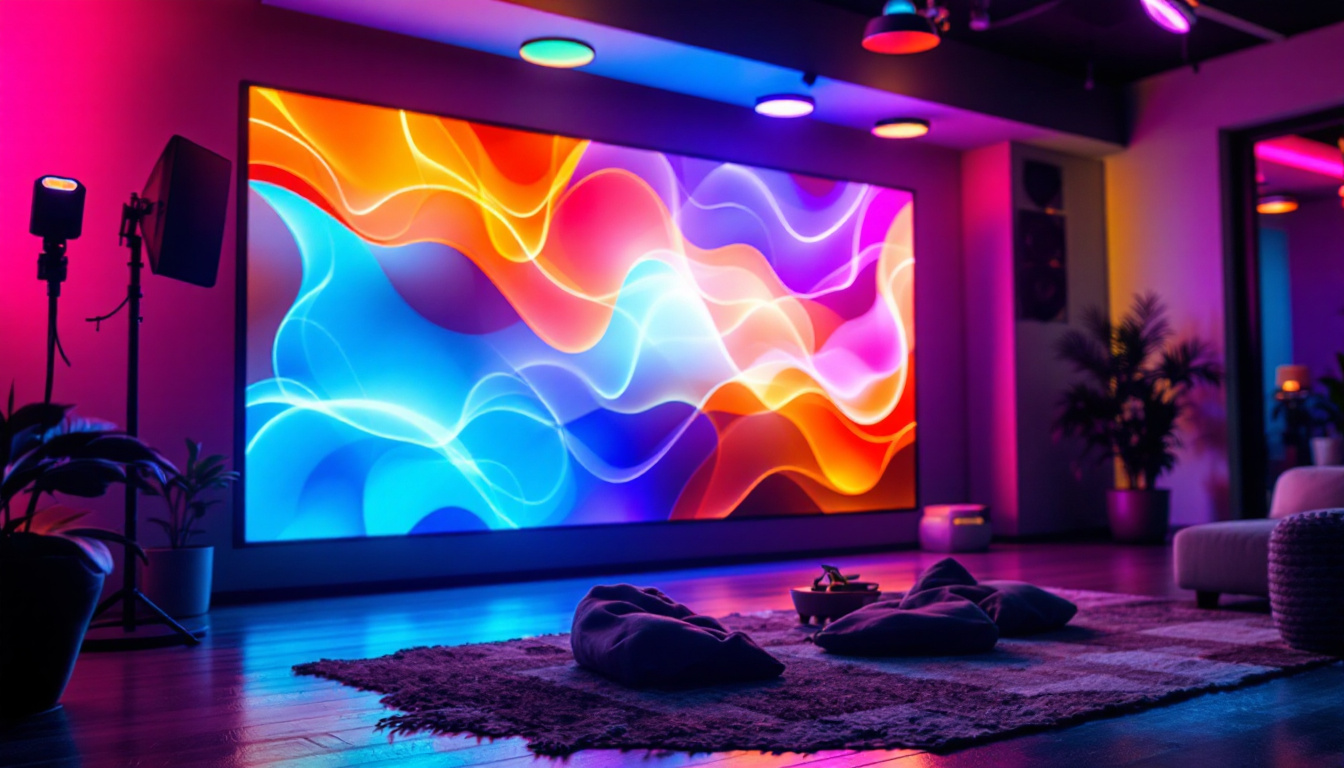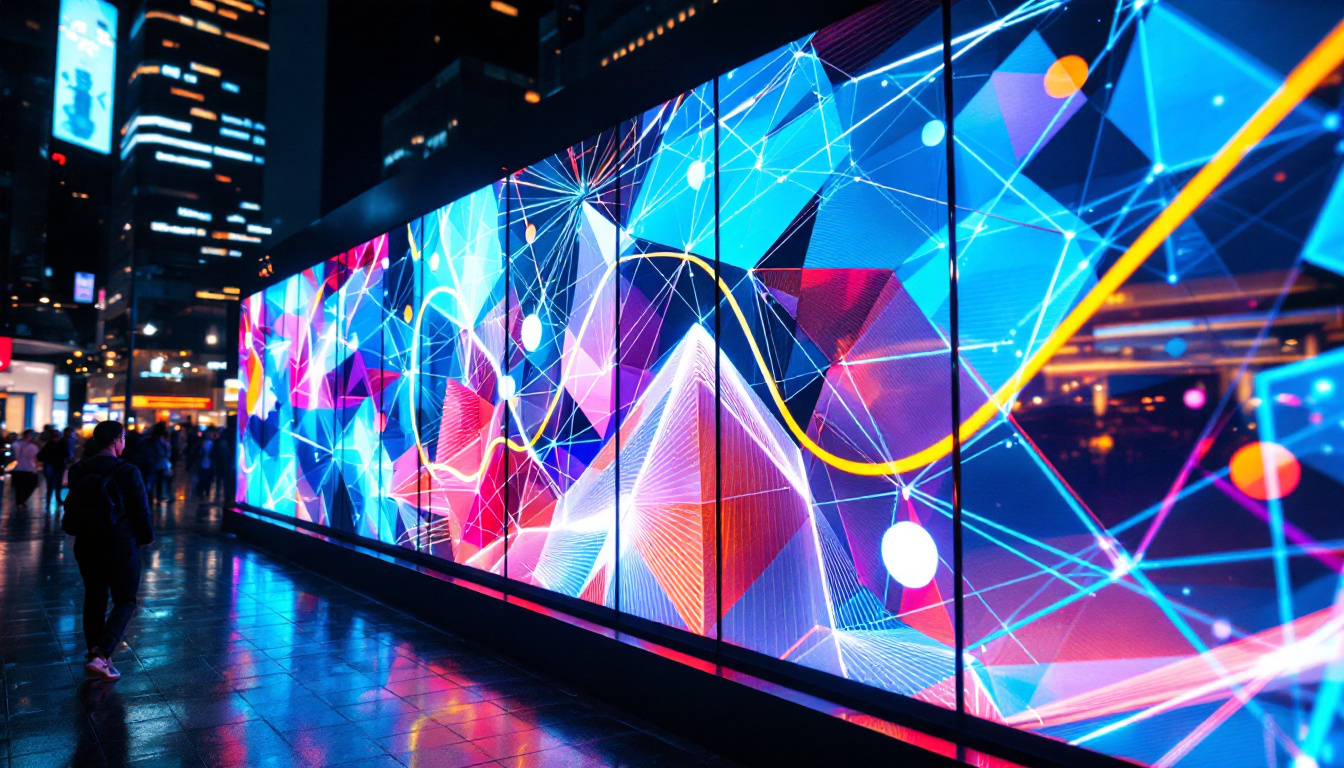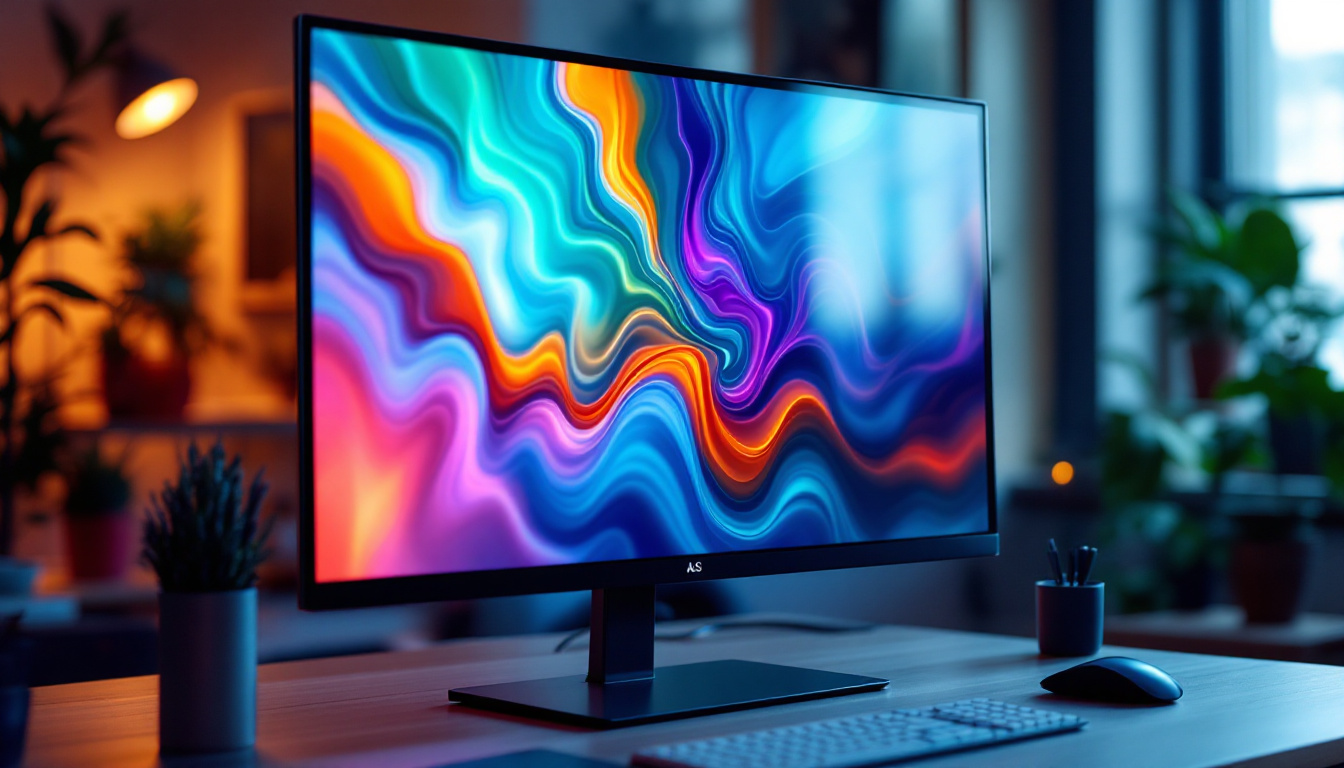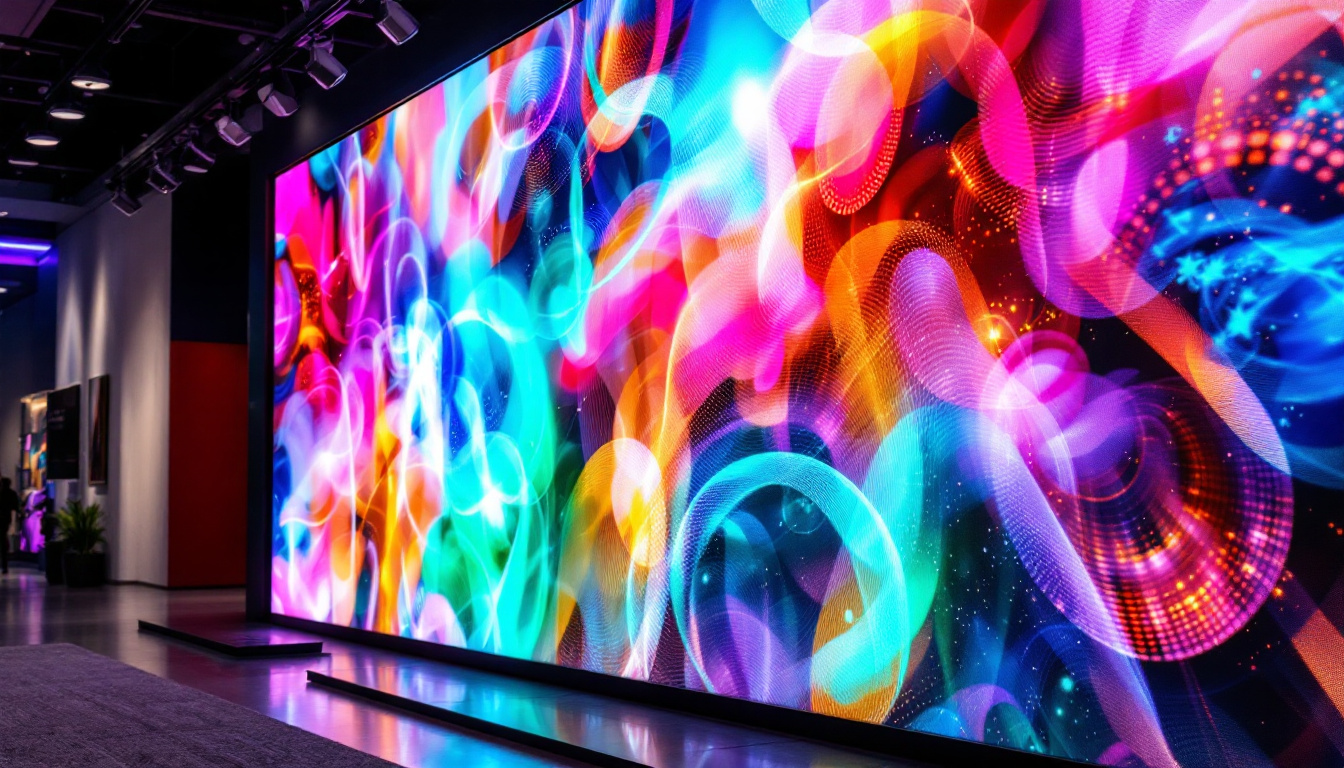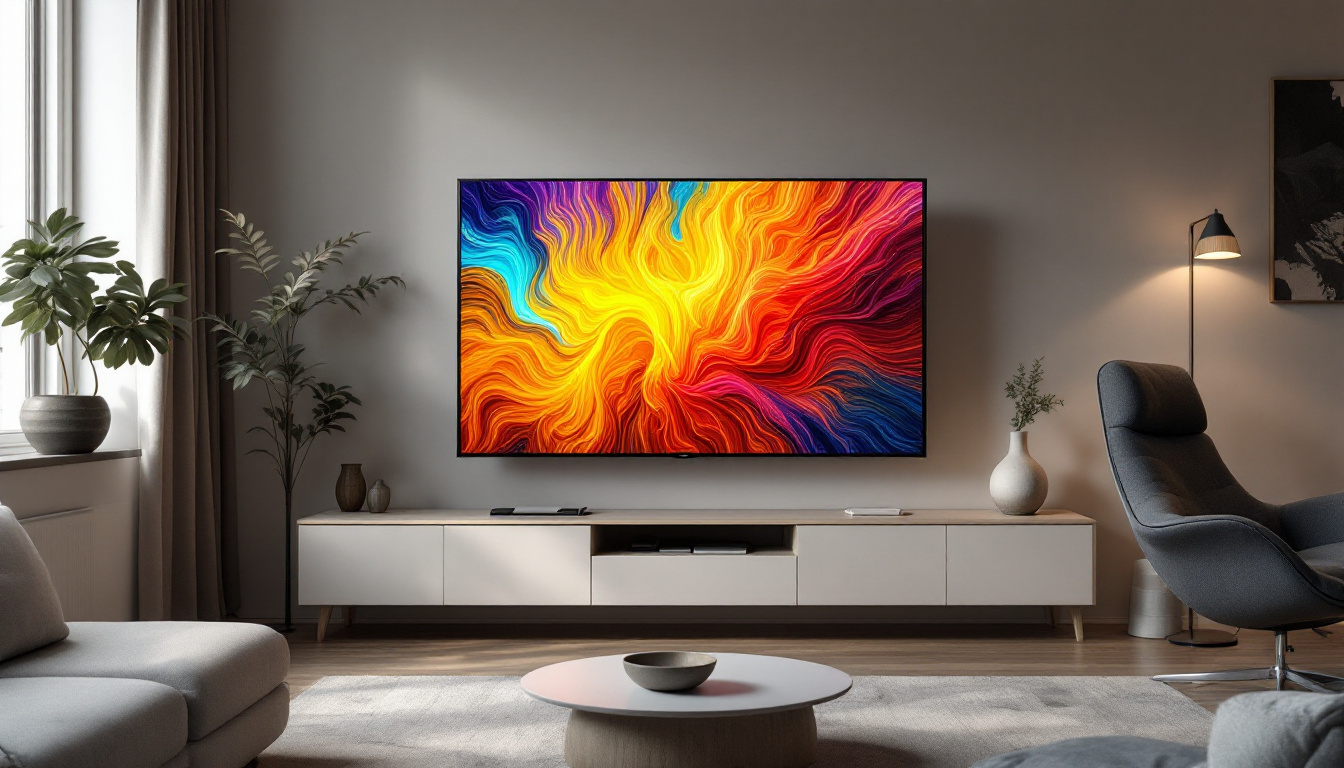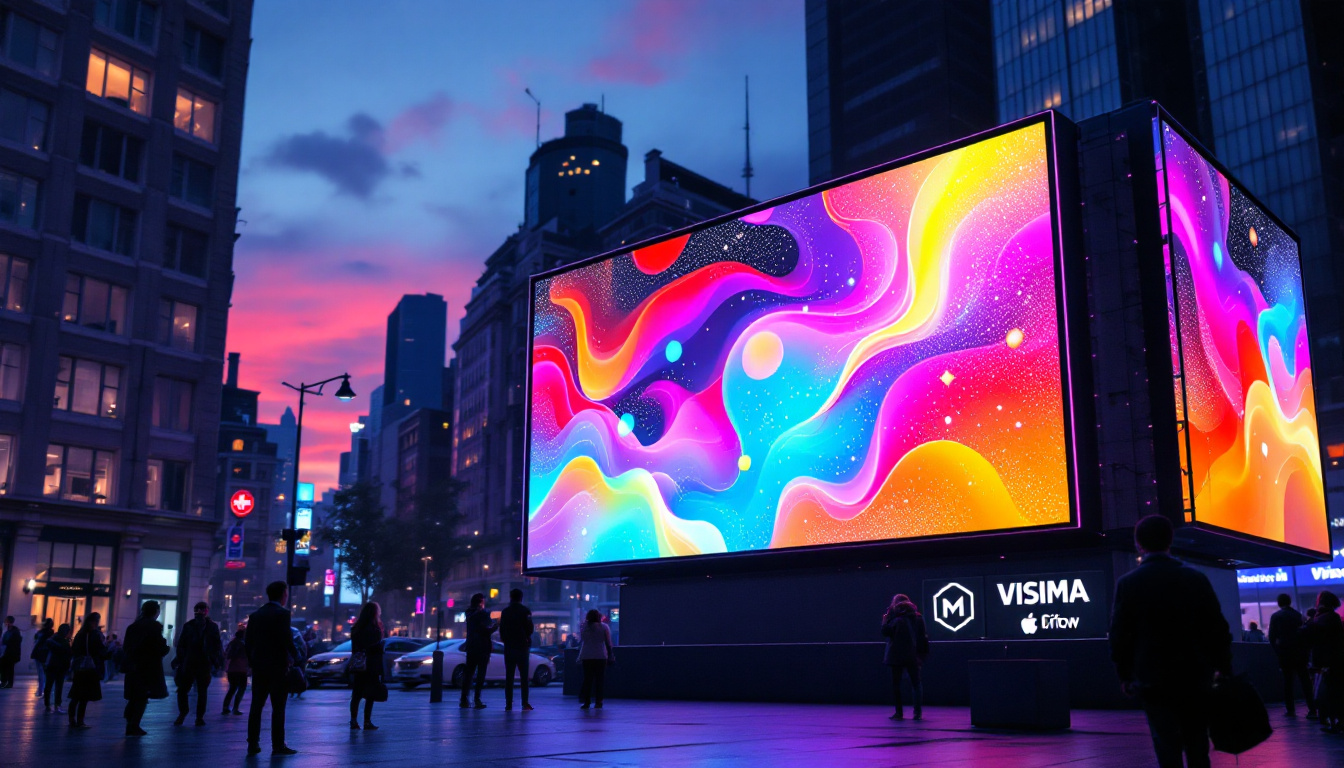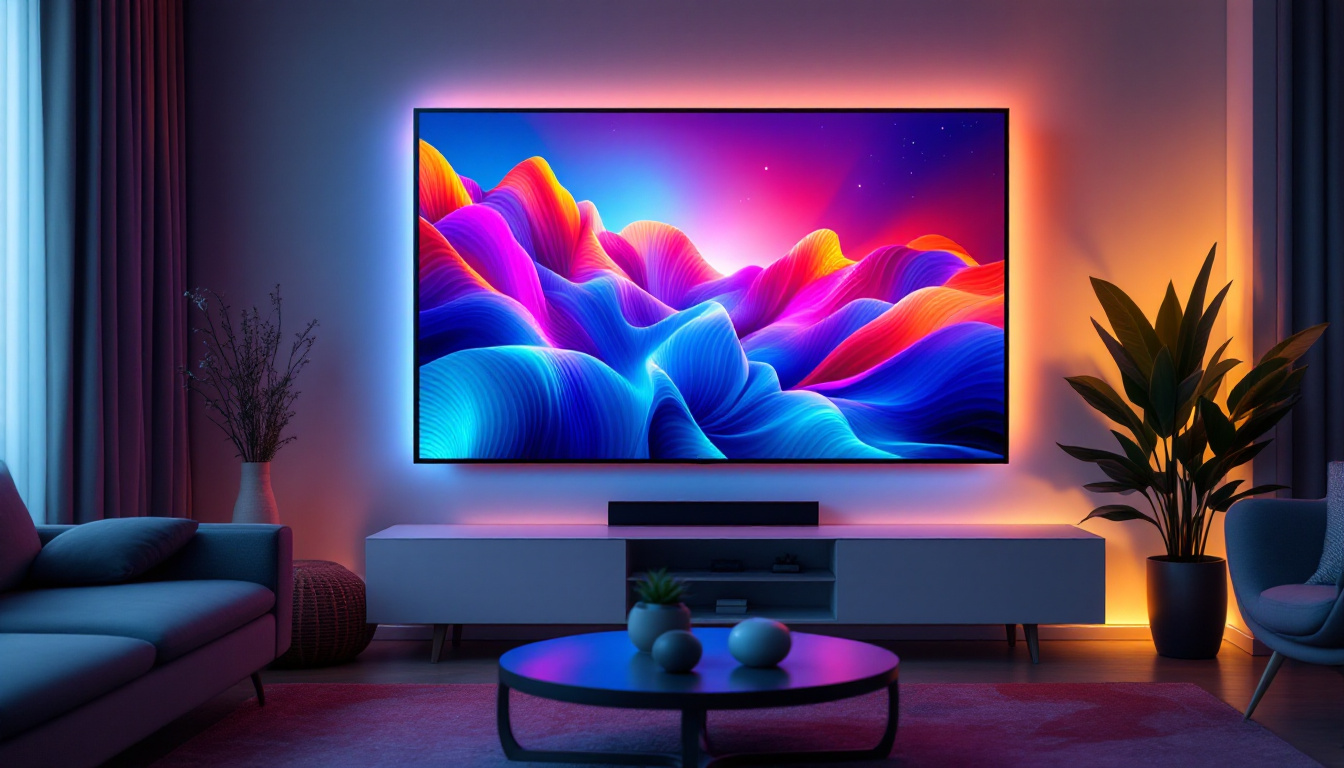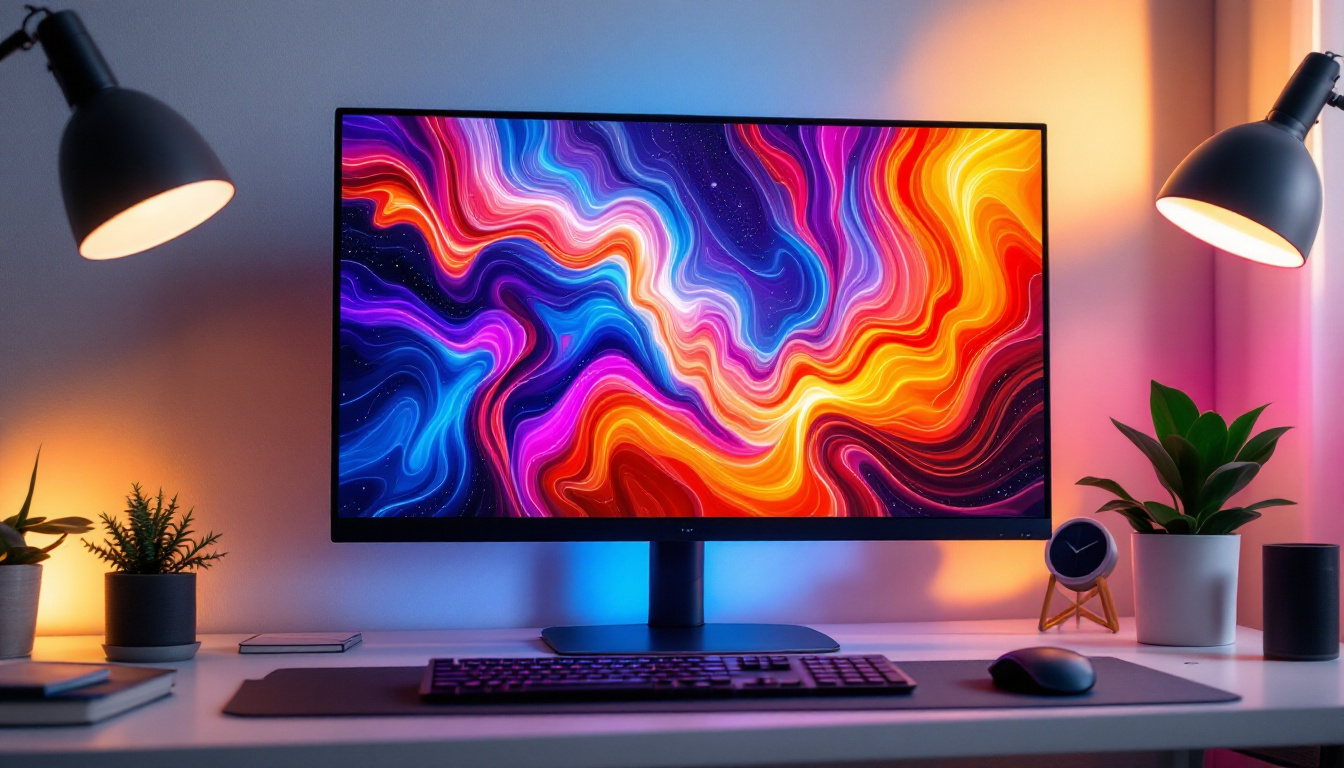Cinema screens have long been a focal point of the movie-going experience, captivating audiences with their size and clarity. In recent years, the evolution of technology has introduced LED displays, which have transformed the way films are presented. Understanding the dimensions and types of cinema screens, especially in relation to LED technology, can enhance the appreciation of the cinematic experience.
Understanding Cinema Screen Sizes
Cinema screens come in various sizes, measured diagonally in inches. This measurement is crucial as it dictates how the film is viewed from different seating positions within the theater. The size of a screen can significantly affect the viewer’s experience, influencing factors like immersion and visual clarity. As technology has advanced, so too have the standards for screen sizes, with many theaters now opting for larger formats to enhance the cinematic experience.
Standard Screen Sizes
Most traditional cinema screens range from 40 to 100 feet wide, translating to approximately 480 to 1200 inches diagonally. However, the most common sizes for commercial theaters typically fall within the 50 to 70 feet range. This means that the diagonal measurement for these screens can be between 600 to 840 inches, providing ample space for displaying films in high definition. In addition to standard sizes, specialized formats such as IMAX have emerged, boasting screens that can exceed 100 feet in width, offering a truly grand scale that captivates audiences.
In addition to the width, the aspect ratio of the screen also plays a vital role. The most prevalent aspect ratios in cinema are 1.85:1 and 2.39:1, which dictate how the image is projected. A wider screen allows for a more immersive experience, especially for action-packed films or visually stunning animations. Additionally, filmmakers often compose their shots with these ratios in mind, ensuring that the visual storytelling is optimized for the screen size, which can enhance the overall narrative impact.
Impact of Screen Size on Viewing Experience
The size of the screen directly impacts how audiences engage with the film. Larger screens can create a more immersive experience, drawing viewers into the story and enhancing emotional responses. Studies have shown that audiences tend to feel more connected to the film when the screen size is larger, as it fills more of their field of vision. This connection is particularly evident in genres that rely heavily on visual spectacle, such as science fiction or fantasy, where the grandeur of the visuals can evoke a sense of wonder and excitement.
Moreover, larger screens can also accommodate higher resolutions, such as 4K or even 8K, allowing for sharper images and more detail. This is particularly important for films that utilize intricate visual effects or expansive landscapes, where every pixel contributes to the overall experience. The clarity offered by larger screens also enhances the viewing of subtle details, such as facial expressions or background elements, which can add layers of meaning to the film. As theaters continue to invest in advanced projection technologies, the gap between home viewing experiences and cinema is narrowing, making the choice of screen size even more critical for creating unforgettable cinematic moments.
The Rise of LED Cinema Screens
LED technology has revolutionized the cinema industry, providing a new standard for screen quality and performance. Unlike traditional projection systems that rely on light passing through film or digital projectors, LED screens use thousands of tiny light-emitting diodes to create images. This shift has brought about several advantages that enhance the viewing experience.
Advantages of LED Displays
One of the most significant advantages of LED screens is their ability to produce vibrant colors and deep contrasts. The individual pixels can be turned on and off independently, allowing for true blacks and bright whites, which enhances the overall picture quality. This capability is particularly beneficial for films that feature dark scenes or high dynamic range content.
Additionally, LED screens have a wider viewing angle compared to traditional projection systems. This means that viewers sitting at the sides of the theater can still enjoy a clear and vibrant image, rather than experiencing color distortion or loss of brightness. This inclusivity is essential for large theaters where audience placement can vary significantly. Furthermore, the brightness of LED screens can be adjusted to suit different environments, making them versatile for various types of screenings, from blockbuster movies to art house films.
Durability and Maintenance
LED screens also offer increased durability and lower maintenance costs. Traditional projection systems require regular bulb replacements and maintenance, which can be both time-consuming and costly. In contrast, LED screens have a longer lifespan and require minimal upkeep, making them a more sustainable choice for cinema operators.
Moreover, the modular nature of LED displays allows for easier repairs. If a section of the screen malfunctions, it can be replaced without needing to take down the entire display. This efficiency is crucial for theaters that aim to minimize downtime and maintain a consistent viewing schedule. In addition to these practical benefits, LED technology also contributes to energy efficiency, consuming less power than traditional systems, which can lead to significant cost savings over time. As theaters increasingly focus on sustainability, the lower energy consumption of LED screens aligns perfectly with their goals to reduce their environmental footprint.
Another noteworthy aspect of LED cinema screens is their potential for innovative applications beyond traditional film screenings. With the ability to create immersive environments, LED screens can be utilized for interactive experiences, live events, and even gaming. This opens up new avenues for theaters to diversify their offerings and attract a broader audience. The integration of LED technology into cinema not only enhances the viewing experience but also paves the way for creative storytelling methods that engage viewers in unprecedented ways.
Comparing LED Screens to Traditional Screens
When considering the transition from traditional cinema screens to LED displays, it’s essential to evaluate the differences in performance, cost, and audience experience. While both types of screens have their merits, LED technology offers several advantages that are reshaping the cinema landscape.
Image Quality
image quality is one of the most critical factors in cinema. LED screens excel in this area due to their ability to produce brighter images with greater color accuracy. Traditional projection systems can struggle with brightness, especially in larger theaters, leading to a washed-out appearance. In contrast, LED screens maintain consistent brightness levels across the entire surface, ensuring that every seat in the house enjoys a premium viewing experience.
Furthermore, the contrast ratio of LED displays is significantly higher than that of traditional screens. This means that the difference between the darkest and lightest parts of an image is more pronounced, resulting in a more dynamic and visually engaging experience for the audience.
Cost Considerations
While the initial investment for LED screens can be higher than traditional projection systems, the long-term savings often outweigh the upfront costs. The reduced maintenance needs and longer lifespan of LED technology can lead to significant savings over time. Additionally, the enhanced viewing experience can attract more audiences, potentially increasing ticket sales and revenue for theaters.
Moreover, as LED technology continues to advance, prices are expected to decrease, making it a more accessible option for smaller theaters and independent cinemas. This democratization of technology could lead to a broader adoption of LED screens across the industry.
The Future of Cinema Screens
The future of cinema screens is undoubtedly leaning towards LED technology, as more theaters recognize the benefits it offers. With advancements in display technology, the potential for even larger and more immersive screens is on the horizon. Innovations such as microLED and OLED are paving the way for screens that can deliver unparalleled image quality and flexibility.
MicroLED Technology
MicroLED technology represents the next significant leap in display innovation. By utilizing microscopic LEDs, this technology can create screens that are not only incredibly thin but also capable of achieving remarkable brightness and color accuracy. This could lead to the development of screens that can be seamlessly integrated into various environments, including outdoor settings or unconventional theater designs.
Furthermore, microLED screens can be modular, allowing theaters to customize their screen sizes and shapes based on specific needs. This flexibility could revolutionize how films are presented, enabling unique viewing experiences that cater to diverse audiences.
OLED Displays
Organic Light Emitting Diode (OLED) technology is another area of interest for the future of cinema displays. OLED screens offer exceptional color reproduction and contrast ratios, making them ideal for cinematic presentations. The ability of OLED panels to achieve true blacks enhances the overall visual experience, especially in darker scenes.
As OLED technology continues to evolve, it may become a viable option for large-scale cinema applications, further enhancing the quality of film presentations and audience engagement.
Conclusion
Understanding the dimensions and technology behind cinema screens is essential for appreciating the cinematic experience fully. As the industry transitions from traditional projection systems to advanced LED displays, audiences can expect a richer, more immersive experience that enhances storytelling through stunning visuals.
The evolution of cinema screens, particularly with the rise of LED technology, signifies a new era in film presentation. With the potential for even greater advancements on the horizon, the future of cinema looks bright, promising to captivate audiences in ways previously unimaginable.
As theaters continue to innovate and adapt to changing technologies, the excitement surrounding the cinematic experience will undoubtedly grow, inviting audiences to explore new realms of storytelling through the magic of cinema.
Explore the Future of Visual Storytelling with LumenMatrix
As you look forward to the next generation of cinematic experiences, consider the role of cutting-edge LED display technology in bringing stories to life. LumenMatrix, a leader in LED display innovation, offers a wide array of solutions that push the boundaries of visual communication. From Indoor and Outdoor LED Wall Displays to specialized options like Vehicle LED Displays and LED Sports Displays, LumenMatrix is at the forefront of creating immersive environments that captivate and engage. Discover how our Custom LED Displays and All-in-One solutions can transform your space and enhance your audience’s experience. Check out LumenMatrix LED Display Solutions and join us in shaping the future of cinema.

